What are the 4C’s: Perfect Diamond Guide
Uncover the secrets of diamonds in our blog dedicated to the 4C's. Gain insights into Cut, Color, Clarity, and Carat to select your ideal diamond.
4C - color, clarity, cut, and carat weight are generally accepted standards for assessing the quality of a diamond. Until the middle of the twentieth century, there was no single system for grading diamonds in the world. Each jeweler determined the quality of the stones by eye and set his price. A convenient and understandable system was invented and put into use by specialists from the GIA (Gemological Institute of America). It was they who streamlined all knowledge and proposed a system for the international evaluation of diamonds, now known as 4C. It includes 4 main pricing factors: Color, Clarity, Carat, and Cut. The 4C diamond grading system quickly spread throughout the world and is almost perfect today.
4C: Color
Colorless diamonds are considered to be the best and highest quality. Low-quality diamonds may have a yellowish tint instead of the desired colorless. In order to understand what color a diamond has, it is accompanied by a special marking. By looking at the letters in the certificate, you can immediately determine which diamond is in front of you.
• Colorless group (D, E, F) - these are investment stones, stones from expensive premium jewelry
• The second group (G-J) are used in high-end diamond jewelry with an excellent balance of price and quality. The stones of this group are indistinguishable to the untrained eye from the colorless.
• Diamonds from the third (K,L,M) are slightly yellowish, but a stone selected by an expert and set in yellow gold will both look good and cost nice.
• In group 4 (N-R) - transitional color, from colorless to yellow, creamy, the so-called "champagne". If we talk about high-quality jewelry, then they are appropriate in rare cases. If we talk about the mass market, then this is a very popular group due to the low price.
• In the 5th group (S-Z) - stones with a noticeably yellow color, but not pronounced, like a valuable one, which is evaluated according to a special fancy-scale of colored diamonds. However, if you want a yellow diamond, but there is no way to pay for a bright color, then the best solution is X, Y, Z colors.
4C: Clarity
The clarity of a diamond depends on the absence or presence of a certain amount of internal defects, as well as the rarity of the stone. The clarity of diamonds is checked under 10x magnification. A stone is considered flawless if no inclusions (internal defects) and surface (external) defects are visually detected at 10x magnification.
Not all diamonds are crystal clear. Internal flaws in diamonds are called inclusions. To correctly designate them, there is a special scale.
What is a diamond inclusion?
- FL: diamonds are flawless
- IF: diamonds - diamonds without internal defects
- VVS1 VVS2: diamonds (1 and 2) have very, very minor inclusions
- VS1 VS2: diamonds (1 and 2) have very minor inclusions
- SI1 SI2: diamonds (1 and 2) have minor inclusions
- I1 I2 I3: Diamonds I (1, 2 and 3) have noticeable inclusions
4C: Carat
The digit that stands next to the word Carat directly indicates the weight of the stone, and not its size.
The name carat comes from the carob tree Cerátiοn. Its seeds have a unique feature - any seed weighs 0.2 grams, that is, 1 carat. In the Middle Ages, they were used as weights for weighing diamonds.
It is worth considering that carat weight can have a different meaning for different cuts. Round cut, princess, pear, oval, cushion, marquise, emerald, radiant or heart will always have different weights. A diamond can have a larger carat weight without looking bigger, and two diamonds of the same carat weight can be different sizes if the cut of one is deeper than the cut of the other. Also remember that carat weight alone does not determine the value of a diamond. For example, two one-carat diamonds can differ significantly in value based on their clarity, color, and cut. That is why the 4C system has not one indicator, but four. If you decide to buy a white diamond for investment, then you need round numbers. Therefore, a large diamond with an even weight of 1.0 carats will be more expensive and more in demand than a stone weighing 1.01 or 1.09 carats.
4C: Cut
And finally, the most important indicator - Cut! It is the cut that affects how the facets of a diamond interact with light. The most common round 57-sided shape, which allows the diamond to maximize the play of light, was developed in 1919 by the mathematician Marcel Tolkovsky. For more than a century, it has been the standard of cutting without being corrected.
Cut is all about symmetry, proportion and polish. A bad cut does not allow the diamond to sparkle in all its glory, it looks dull and neither impressive weight nor high clarity and color can save it. High-quality regular cut, thanks to the play of light, provides maximum brilliance and radiance. It is believed that the best play of light has a round cut, then a square princess. We can say that a more round shape plays better than elongated shapes. A round diamond, other things being equal, will cost more than other shapes.
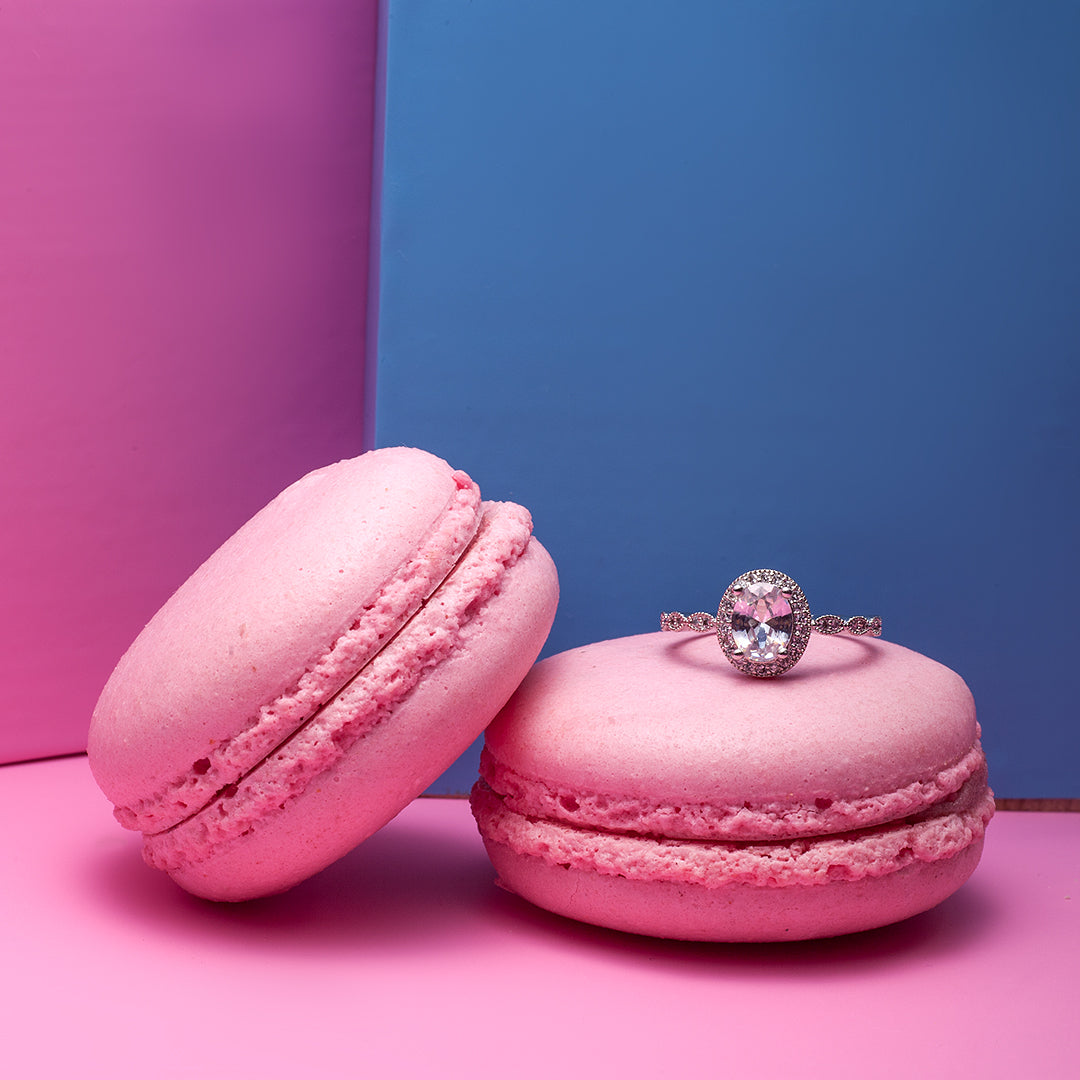
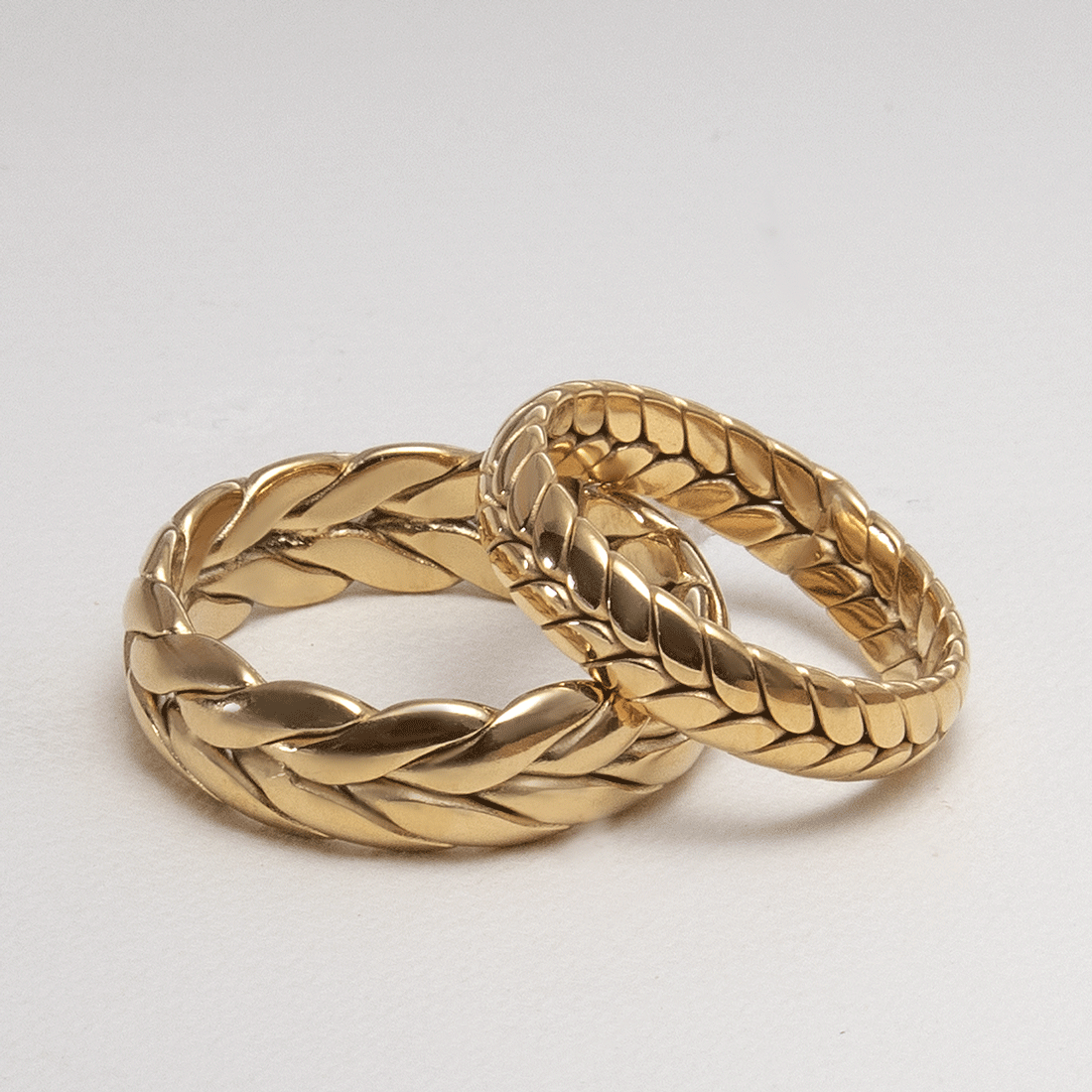
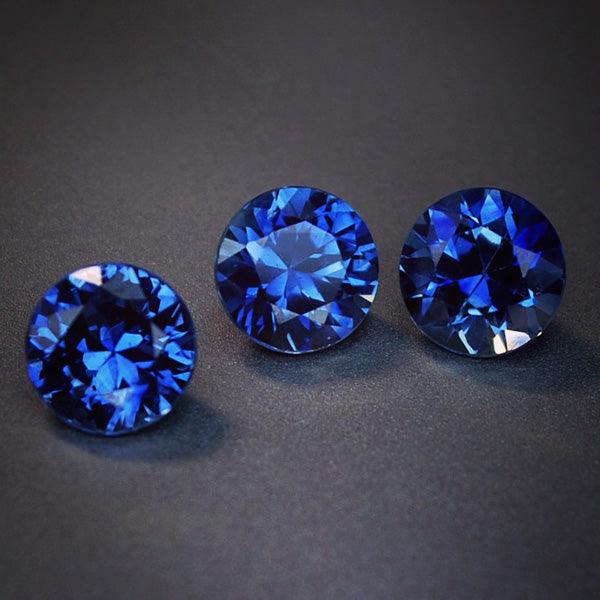
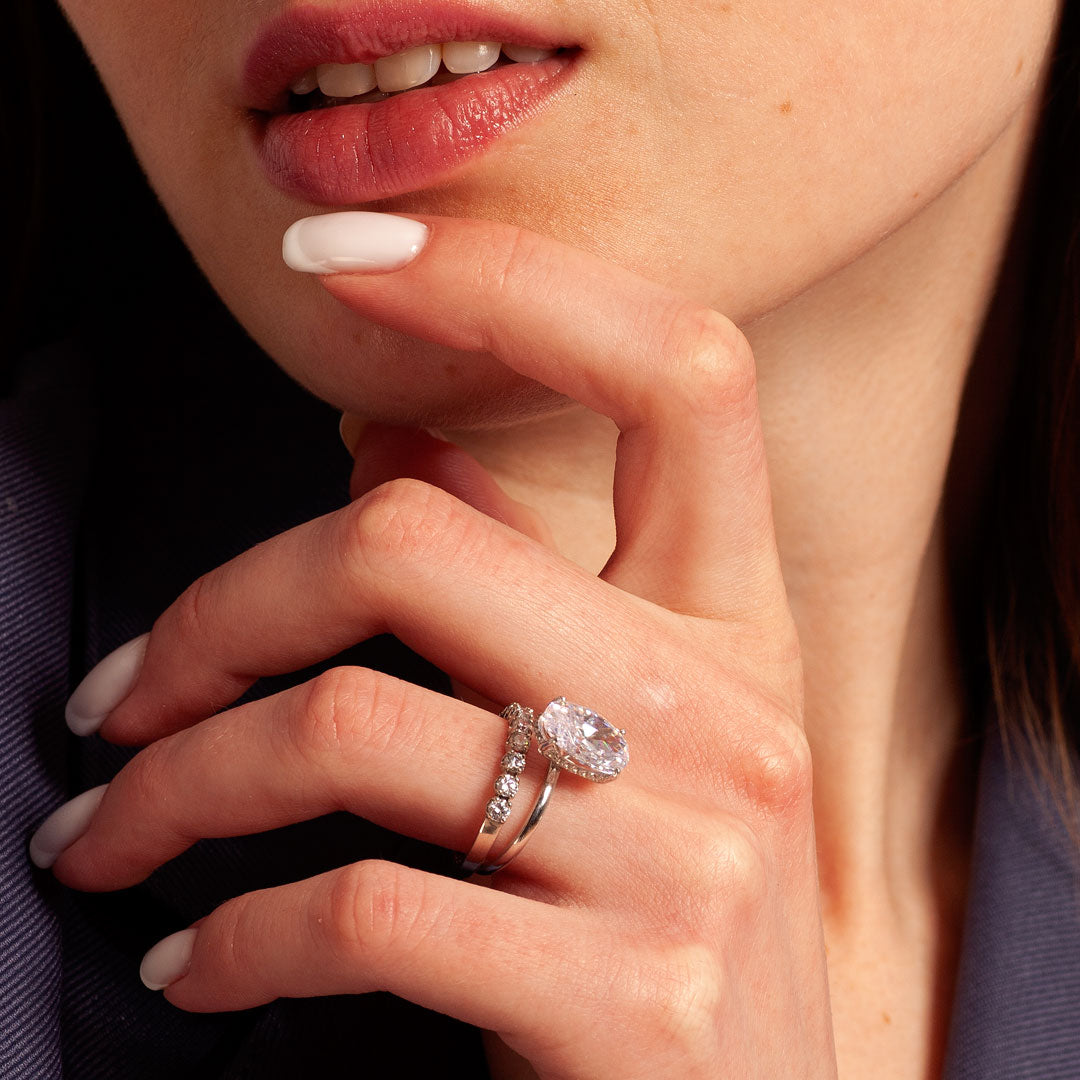
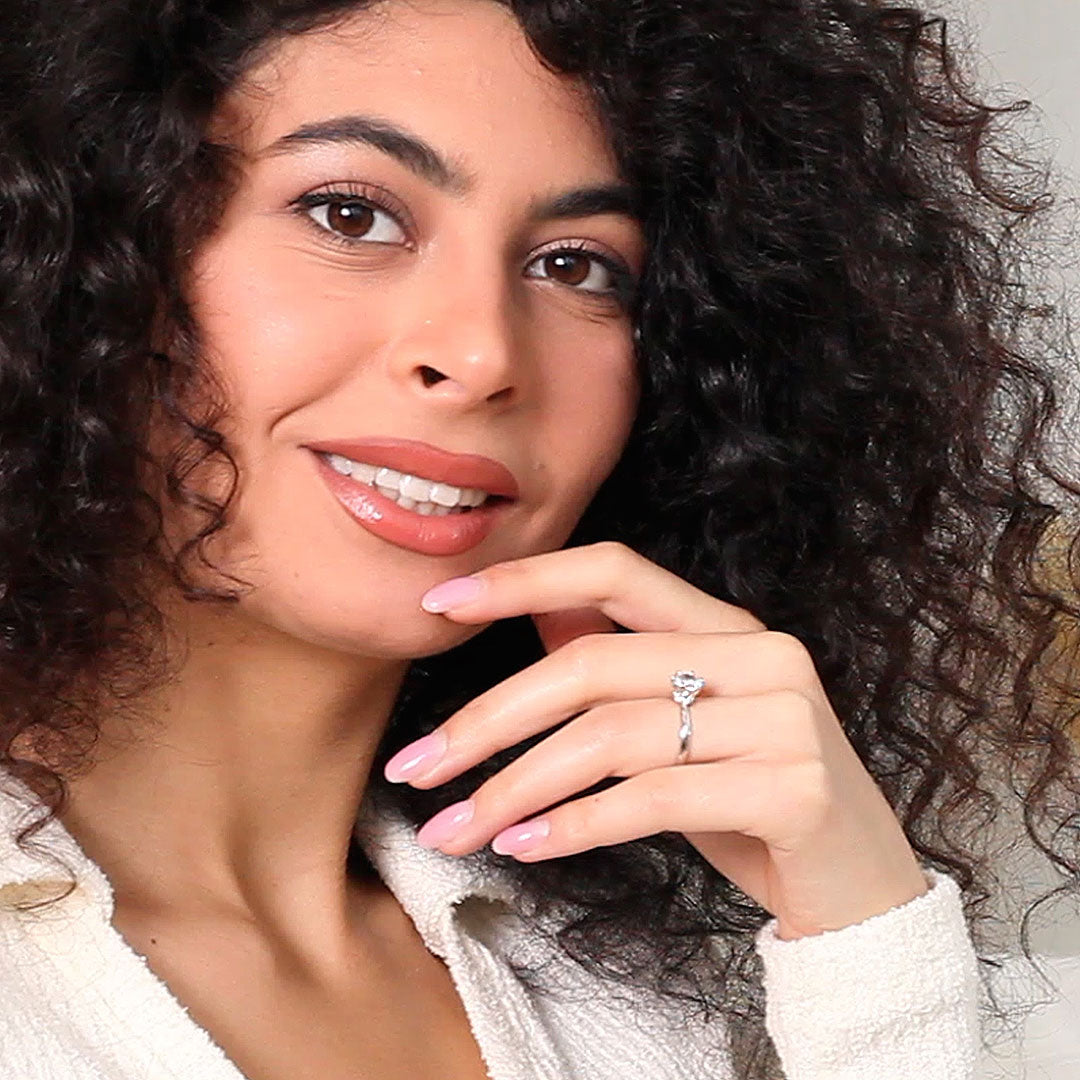
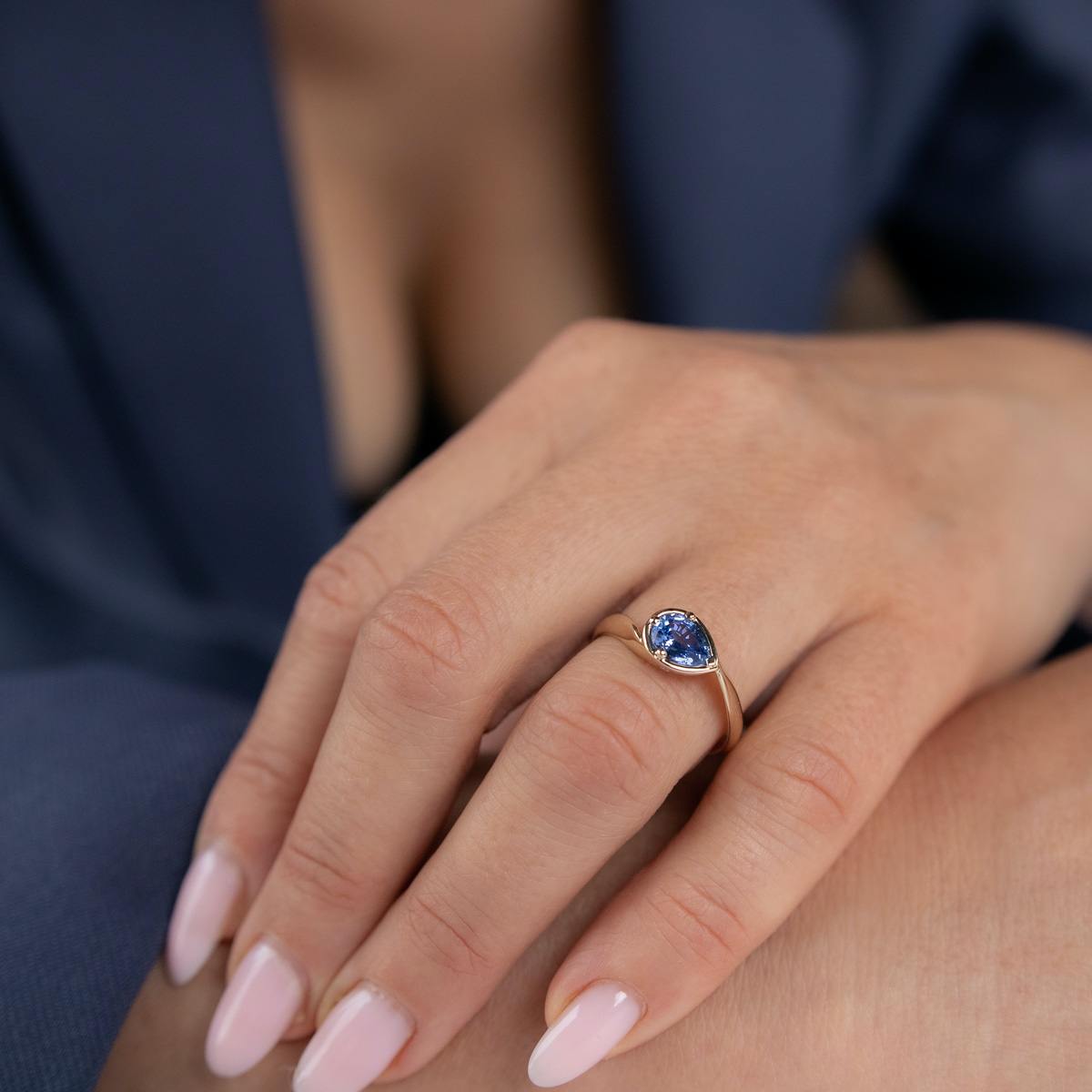
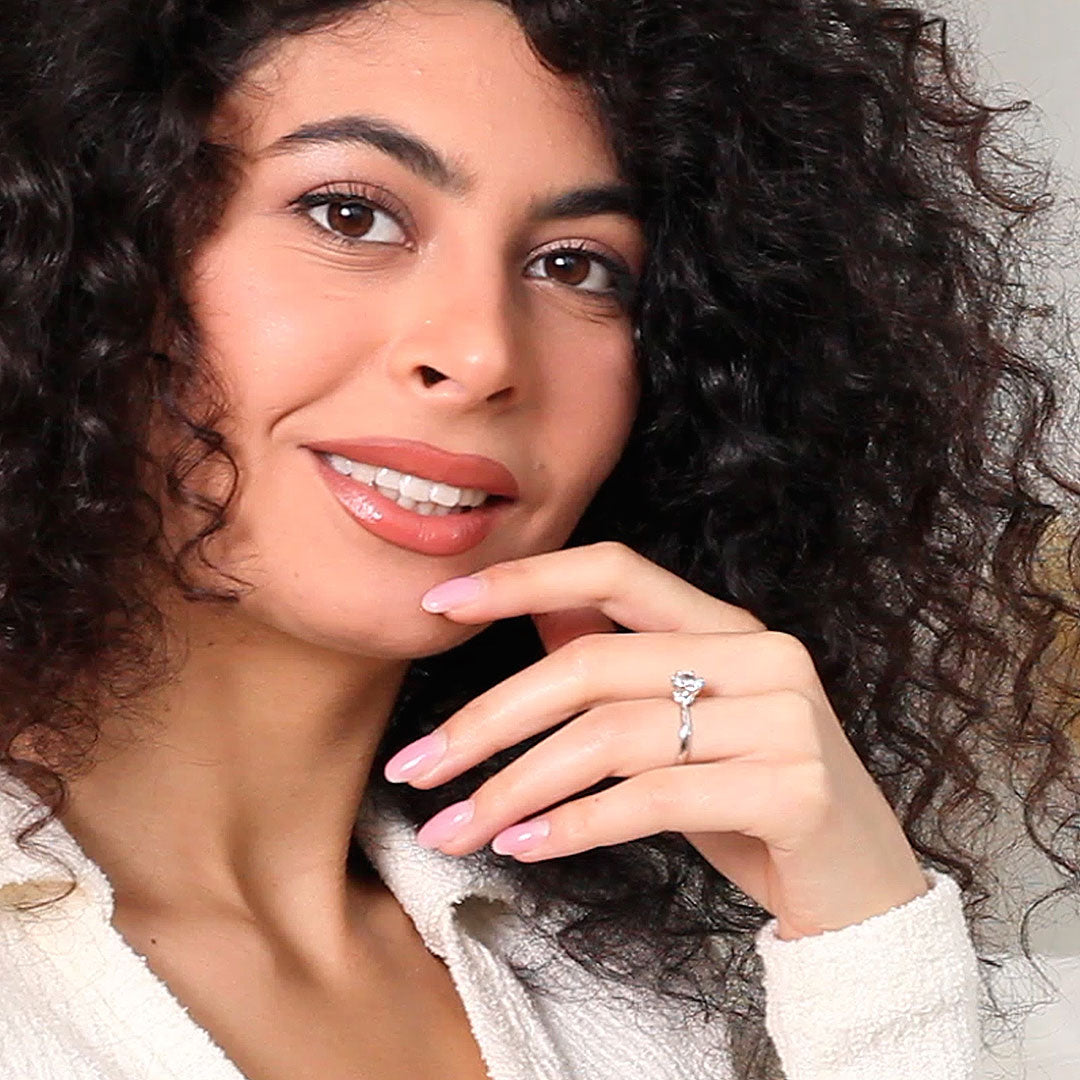




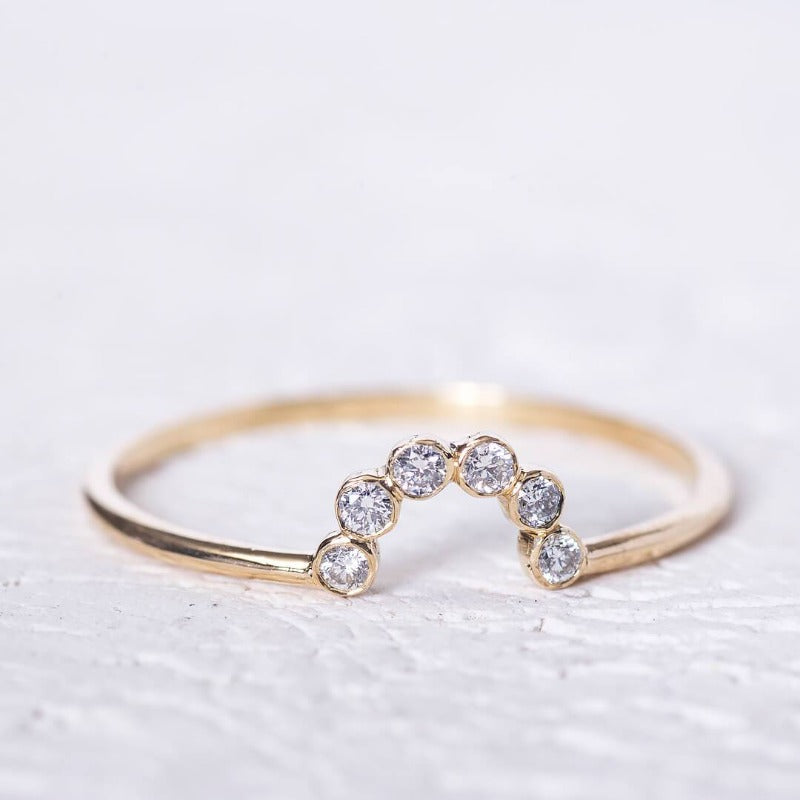
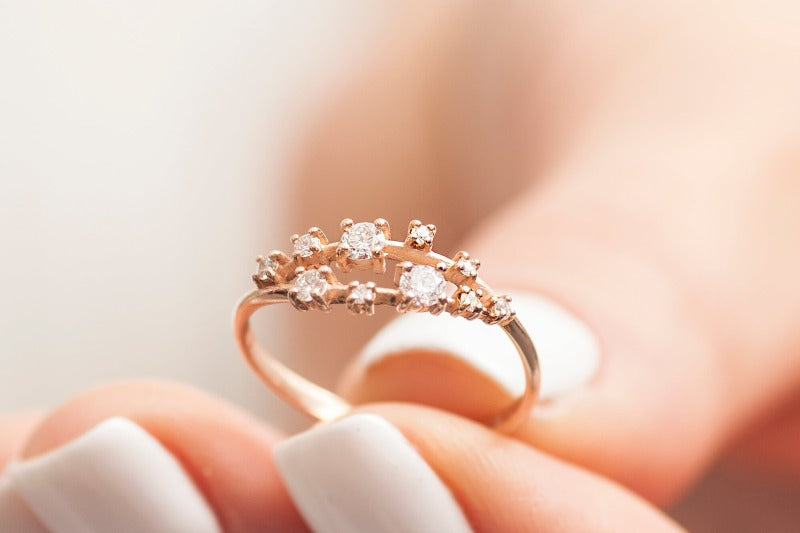
Leave a comment
This site is protected by hCaptcha and the hCaptcha Privacy Policy and Terms of Service apply.